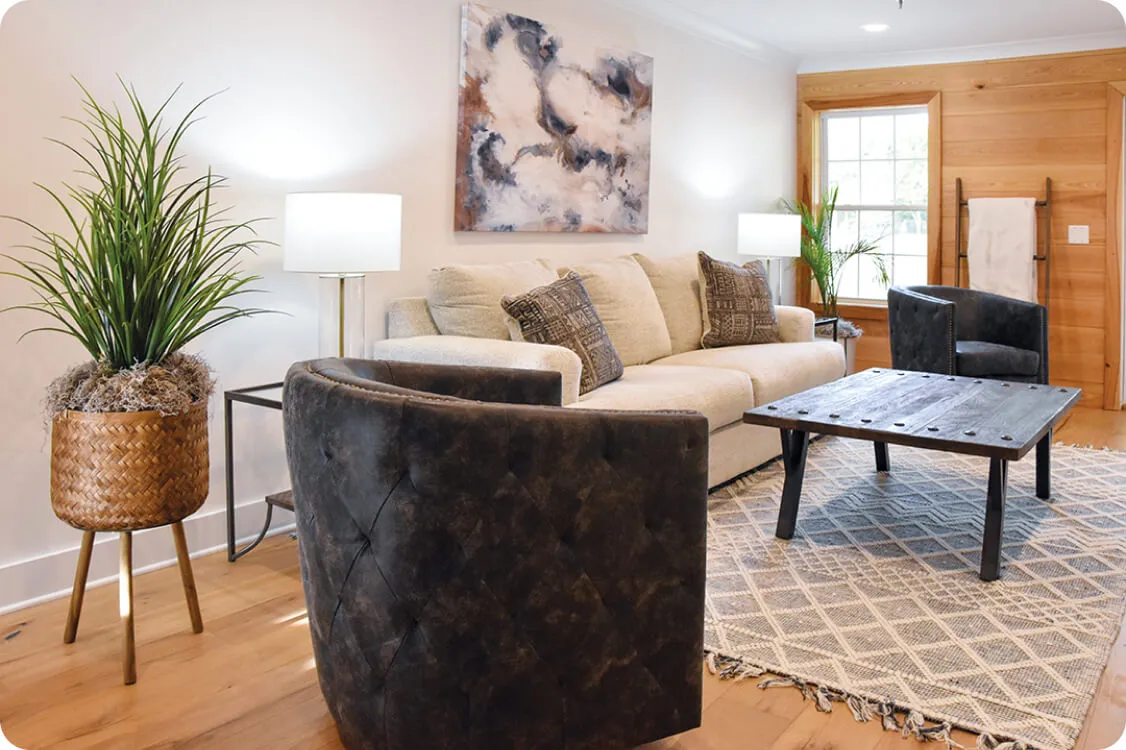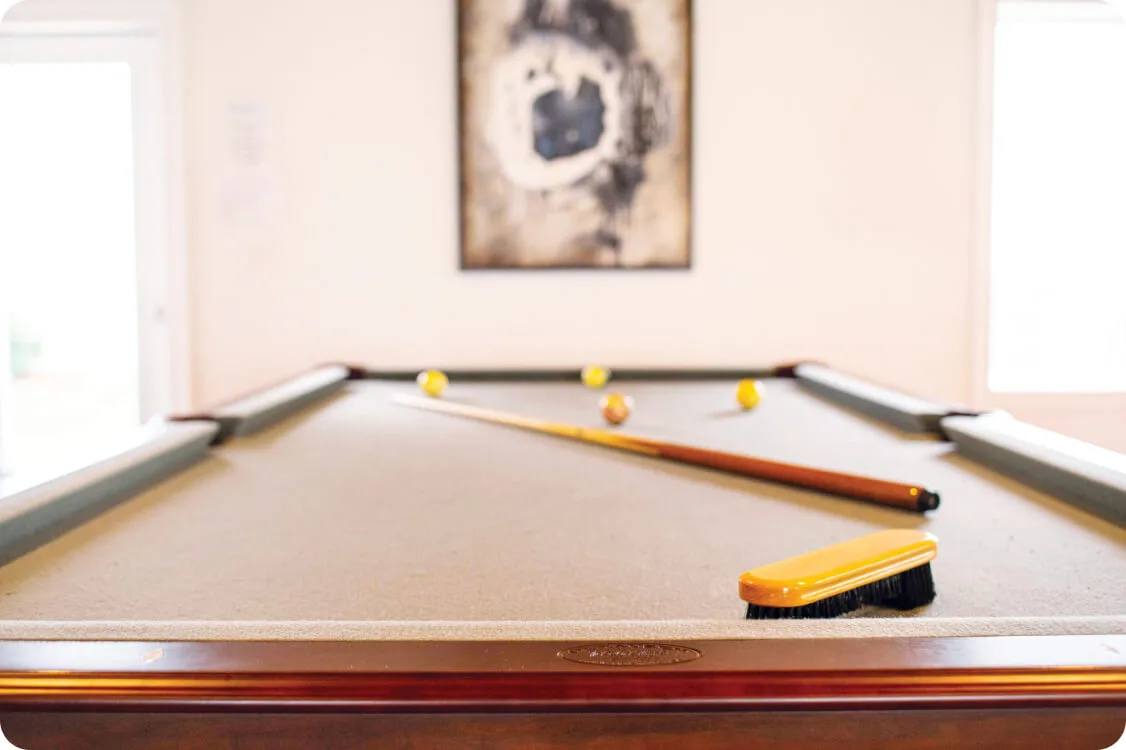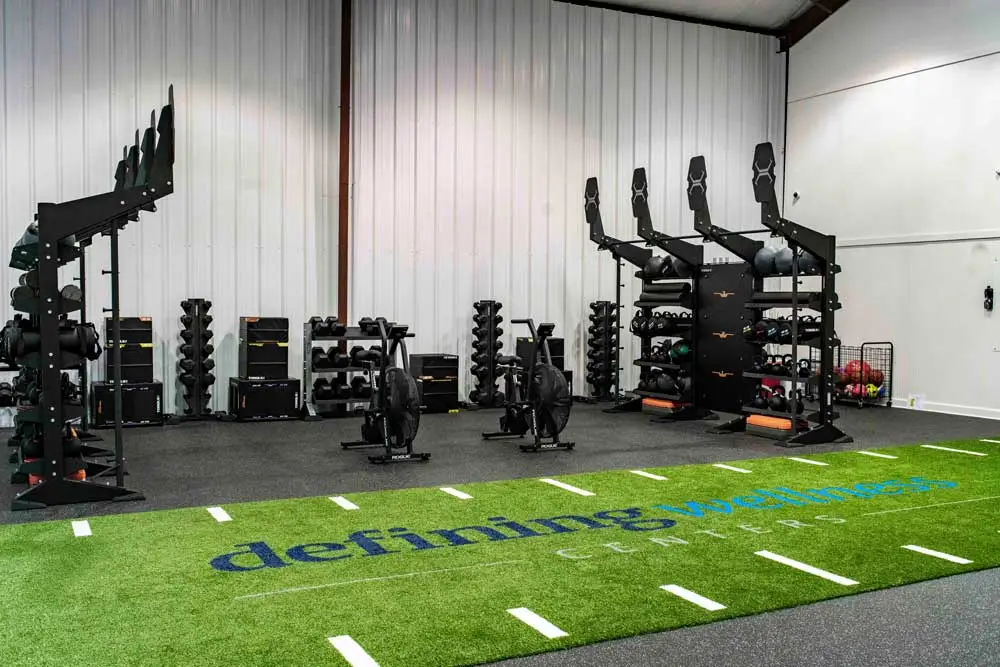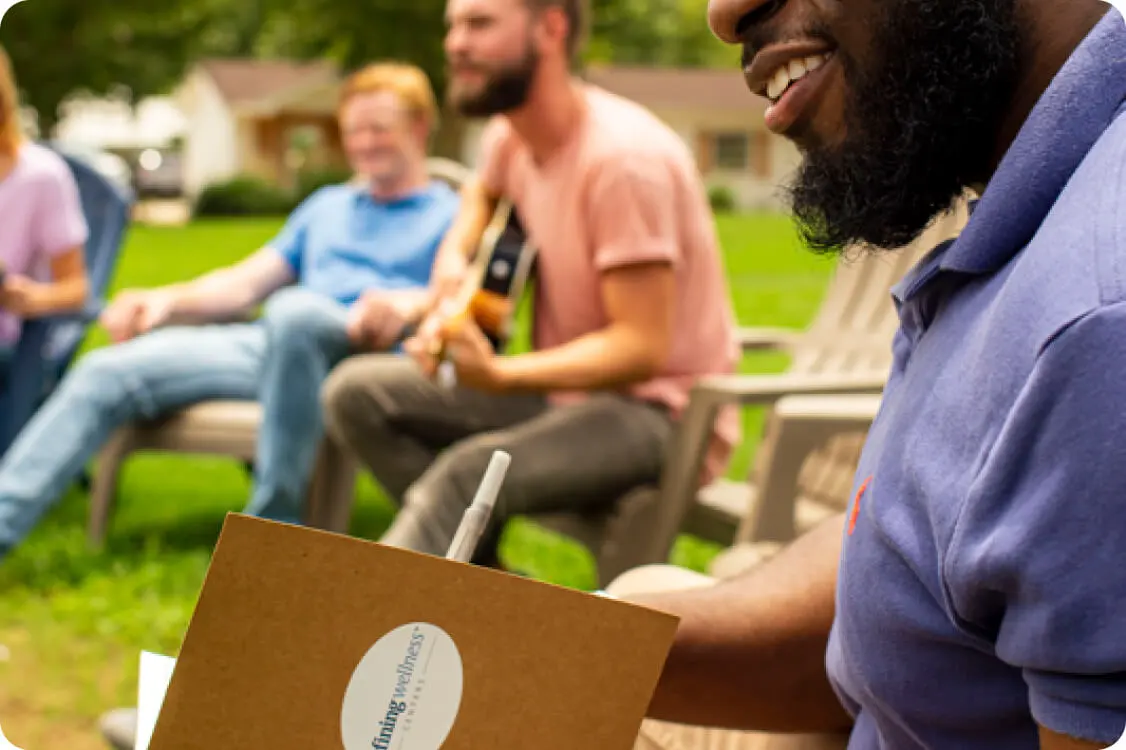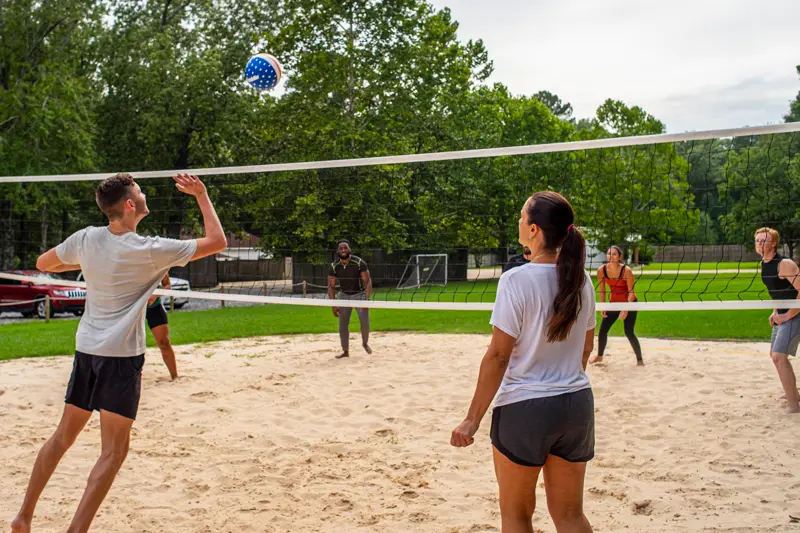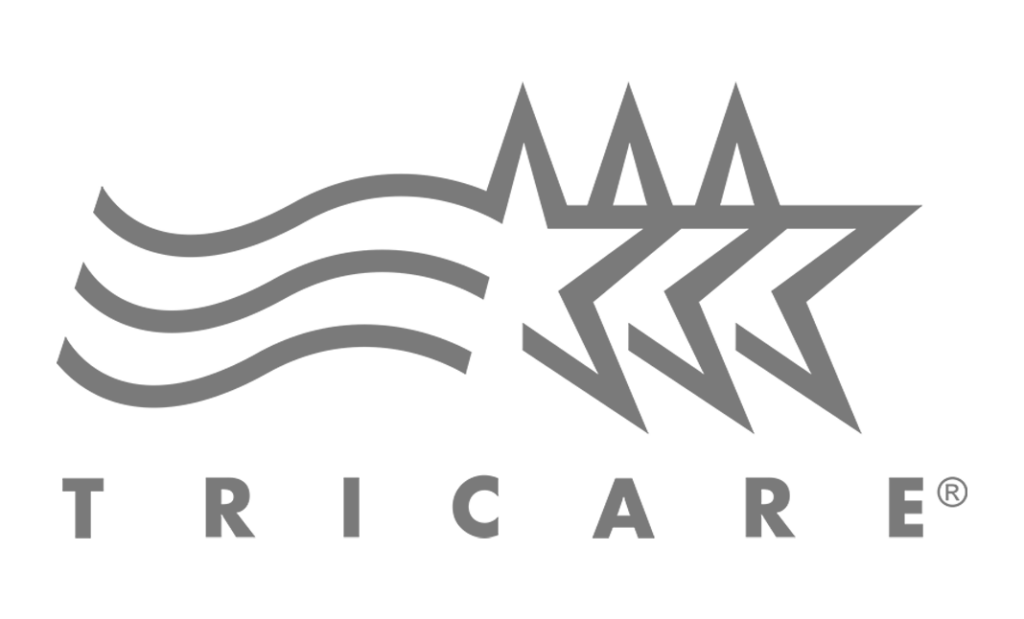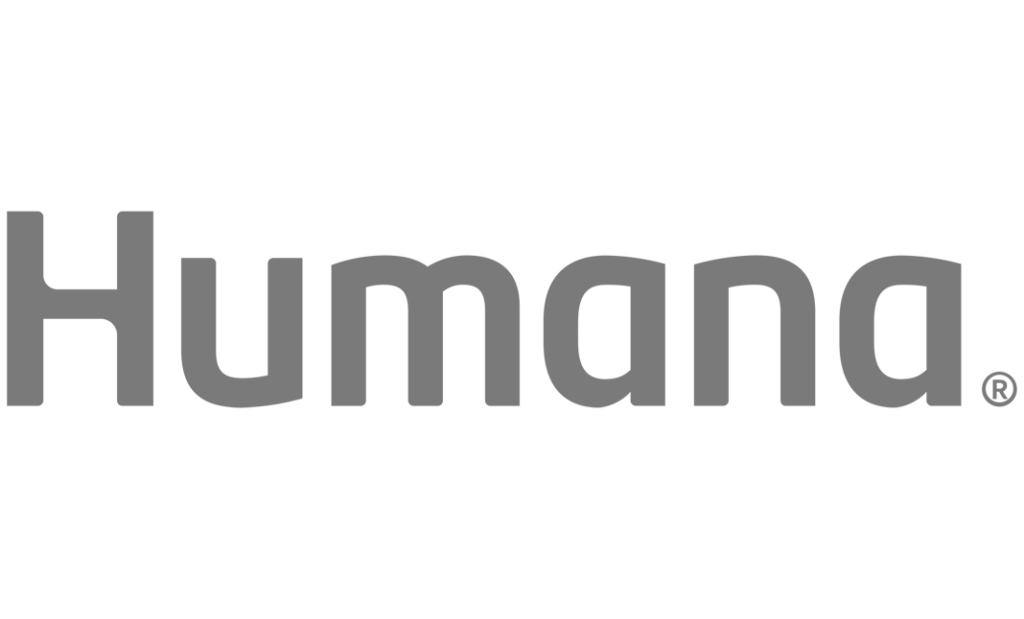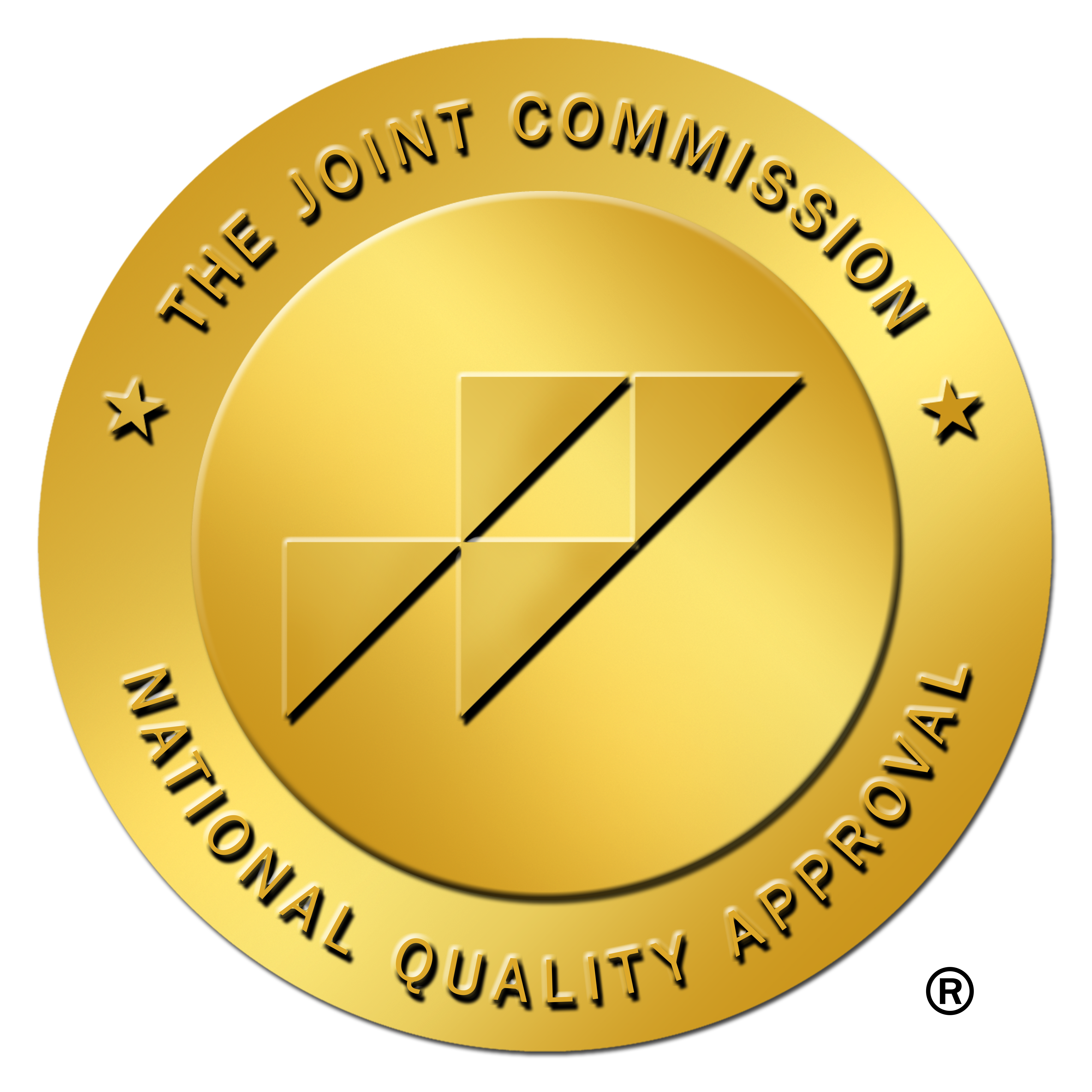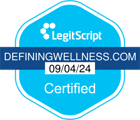“Spice”, “K2”, or “Kronic” are some of the common names for synthetic marijuana. This large category of manufactured products are sold over the counter in convenience stores and online as incense or natural herbal products. They are typically sprayed onto dried plant material and smoked, or sold as a liquid and vaped. [1]
Cannabinoids
These synthetically produced products are chemically similar to the intoxicating ingredients in the marijuana plant. but they are entirely man-made in laboratories. Many specific types of synthetic cannabinoids are banned by the federal government, and most states have laws limiting or banning the sale of these products. However manufacturers often get around these laws by labeling them “not for human consumption”[2].
There is no standard for manufacturing or packaging spice, meaning that 2 packages of the same branded substance could contain drastically different chemicals at very different levels. Rapid rise in use and abuse of synthetic marijuana is often attributed to the false claim that it is a “safe” alternative, and standard drug testing does not detect the chemicals used to make it [1].
K2 (Spice) Abuse
Signs and Symptoms
The human brain has receptors for chemicals that our bodies produce naturally, and the substances used to create K2/ Spice fit onto these receptors very tightly, creating an even stronger bond than natural THC (tetrahydrocannabinol, the chemical in marijuana that produces the “high”). This changes the chemistry in the brain and creates an intensified effect, with unpredictable and sometimes unsafe results [3].
Some of the symptoms are similar to marijuana intoxication, and include:
- Elevated mood
- Changes in perception
- Relaxation
WARNING SYMPTOMS: Spice and K2 Effects
Due to the intensified effects of the drug, synthetic marijuana also creates more unpredictable and serious effects, such as:
- Psychosis and hallucinations
- Extreme anxiety, paranoia, and irritability
- Rapid heart rate and high blood pressure
- Seizures, brain swelling
- Extreme confusion and cognitive issues
- Suicidal or violent behavior
The psychological and physical dependence on synthetic cannabinoids is possible, and when the drug is removed from one’s system, withdrawal symptoms begin. The argument has been made that since the substance is labeled “not for human consumption”, that any use is considered abuse [3].
K2 Spice Withdrawal and Detox
Withdrawal symptoms of K2/ Spice often begin within 24 hours, and last about 8 to 10 days, with the worst symptoms occurring at 5-7 days. The most common symptoms include:
- Headache
- Nausea and vomiting
- Severe anxiety
- Sweating
- Trouble sleeping (insomnia, night sweats)
In more severe or long-term addictions, one may experience more unpleasant and medically dangerous withdrawal symptoms, such as:
- Trouble breathing
- Chest pain
- Rapid heart rate and heart palpitations
- Seizures
Due to the potential life-threatening withdrawal symptoms of synthetic marijuana, it is not advised to attempt to detox on your own! A medically monitored detox unit or hospital can provide care and assistance to prevent harm to as the drugs leave the body.
Spice Addiction Treatment and Rehab
Residential treatment begins with a short stay in a detox unit, closely watched over by medical staff to keep the client as comfortable as possible. After the drugs have left their system, the client can begin their residential stay. Being in a regulated environment away from home offers the ability to focus on healing without disruption, as well as the benefit of being away from the people, places, and things that promoted continued use. An assortment of therapeutic techniques and activities are utilized to help build coping skills, diminish urges to use and triggers, and begin to unearth underlying causes of the client’s addiction. An inpatient setting offers a more individualized and intensive level of care and provides more structure and routine to begin healing and nurturing a fulfilling life after treatment.
Aftercare
After discharge from residential treatment, a solid aftercare plan written and developed in collaboration with the clinical staff is important to support a successful recovery. Finding and setting up continued therapy appointments in an outpatient or IOP setting, support group meetings, assistance and support from family and friends, and relapse prevention plans are all elements of a solid aftercare plan. Life after residential treatment is outside the insulative bubble of the facility, and being prepared for life’s stresses and hardships allow the client to develop the tools needed to manage any crisis at any stage of recovery.
Resources
[1] National Institute on Drug Abuse (NIDA), 2019,
[2] Centers for Disease Control, 2017,
[3] Centers for Disease control, 2019



